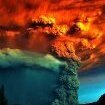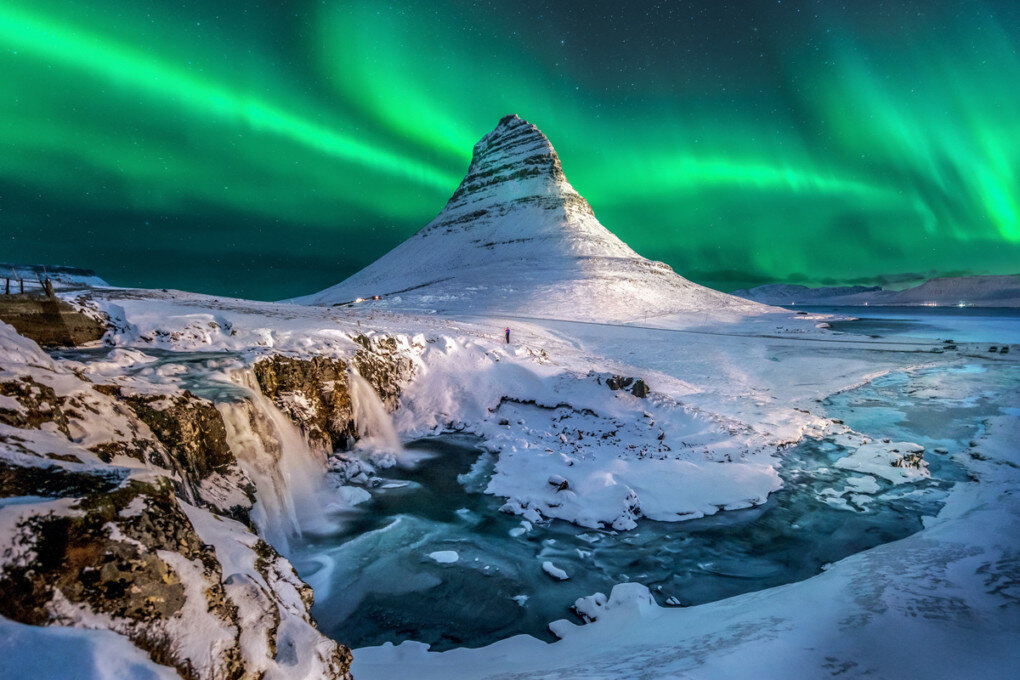-
Posts
1,525 -
Joined
-
Last visited
Content Type
Profiles
Blogs
Forums
American Weather
Media Demo
Store
Gallery
Everything posted by Volcanic Winter
-
What’d you finish up with? I appear to be about 4.75 - 5. I don’t have a perfect measuring surface but that’s a good conservative measurement for me.
- 338 replies
-
Just under 5 inches for 9-9.5 inches on the season. Needed this today. Was a pleasantly steady light to moderate snowfall since 5-6pm last night.
- 338 replies
-
- 3
-

-
Yep, and here the WWA was lowered from 3-5 to 2-5, which lately made me think “expect 2 or less” - nah, this has performed nicely for me. In the 4-5 range with snow still to come as the radar still has decent returns for a bit yet. If only this amplified just a bit more.
- 338 replies
-
- 1
-

-
Around 3+ inches here in inland Toms River. 30F 28Dp. As is gets me to about 8 on the season.
- 338 replies
-
- 2
-

-
Yeah, the metro is a large region. “Northern crew” I think Sussex -> east across the LHV and into NYC metro areas of CT. That map as depicted was an improvement for CNJ. It doesn’t help that nobody can agree on what constitutes NNJ, CNJ, and SNJ either . Truly one of the great debates of our time.
-

Winter 2024-2025 All Tri-State Snowfall Totals Maps
Volcanic Winter replied to The 4 Seasons's topic in New York City Metro
Yeah - Toms River is normally the furthest south marker for the NYC metro and is why Ocean county gets included in the metro maps (you usually see a Toms River marker on media maps but not Brick, Jackson, etc). I live a bit northeast of the marker you have in north / central ocean that’s by itself. Edit- I’m referring to your Feb 8-9th Snow to Mix Storm map. -

Winter 2024-2025 All Tri-State Snowfall Totals Maps
Volcanic Winter replied to The 4 Seasons's topic in New York City Metro
This is amazing, thanks very much! I’m at about 4.5 inches on the season, Toms River but away from the water & well inland. We’ve been a bit of a snow hole this winter with storms missing both north and south. -
WSWatch here 4-6, up to 8. Mt Holly went fairly aggressive imo for me, was thinking this would be predominantly south of me but we’ll see. I’m at 4.5 inches on the season, will this get me to double digits?
-
Very happy for the city, glad they picked up something tonight! Will probably fare better here on Tues, maybe.
-
Where in TR are you? I’m at the Manchester border, inland. Definitely a cold spot in TR and very slightly elevated relative to the rest of the town closer to the bay / river. My grass is coated in mixy sleet / ice along with our cars, but p-type appears plain rain.
-
Nothings more frustrating than being at 31-32 degrees and raining with some sleet. I haven’t looked at this event too closely but must have warm 825’s down by me? Still below freezing and raining. But wasn’t expecting anything here anyway. Enjoy guys! Edit: Currently 31.3 on the tempest and straight raining lol.
-
Definitely some icing down here at TR / Manchester border. Just ticked up to 33F, was below freezing most of the night here.
-
There’s a bit of an ongoing seismic crisis at Santorini / Kolumbo volcanoes in Greece (Kolumbo is a neighboring system of Santorini, only a few miles northeast - and is also capable of powerful eruptions and has done so in historic times). The resurgent dome of Nea Kameini in the middle of Santorini’s caldera has effusively erupted numerous times in recent history, but this doesn’t appear to be that as the locus of quakes is between the two systems. This, IMHO, is very unusual. And appropriately, Santorinians are quite nervous at the moment. It’s unlikely any major eruption is about to begin just because, as always, large eruptions at any given system are rare. But something is going on and this warrants considerable caution. I’m seeing daily large magnitude quakes … mag 4-5. I have actually been to Santorini in the late 2000’s, I dated a young Greek woman when I was just starting college and I traveled with her there. Santorini is unbelievably beautiful, but also the size and magnitude of the caldera is incredibly apparent - the whole area is born of extremely powerful volcanism. Edit: 9000 evacuate Santorini https://watchers.news/2025/02/04/over-9-000-people-evacuate-santorini-as-seismic-crisis-worsens-uk-issues-travel-advisory-greece/ If the seismic activity continues to escalate and doesn’t begin to peter out relatively soon, the chances of an eruption increase. However they’re also talking about this as a potential tectonic event or prelude to a large earthquake. Part of why is because the locus of quakes is between the two magma centers of both volcanoes which is part of why this whole thing is odd in the first place. No idea what’s going to happen, I wouldn’t have thought this type of seismic crisis as foreshocks to a large earthquake (this seems volcanic for sure, IMHO) - but I overall agree in getting people out of the area. Something is definitely going down right now.
-
Was just reminiscing about 1/29/22 as we approach the end of the month, that was such an epic and fun storm for both myself and the LI crew. The only thing that knocks it down a peg for me is the fact that the storm needed to shift west like 50-75 miles and most of the metro would’ve been absolutely blasted, and we would all be fondly reminiscing about that absolute beast of a storm. The city did fine, but there’s a big difference once you start to go over a foot in terms of memorability, of course. That was so close to a much needed forum wide KU, it hurts in hindsight given our current position. And that was such a cold storm, 22F at time of peak snowfall down here, (I think) we could’ve easily handled a much closer track without tainting the coast / LI. In a way, that was the one that got away of recent memory, at least IMHO in terms of huge upside potential.
-
0z is truly one of the most bizarre GFS runs I’ve ever personally watched. You have the thinnest overrunning of all time followed immediately by a drunk clipper, oh then there’s the omega level … Dakota cutter bringing rain to Ellesmere Island. That of course finishes with a perfect coastal nuke for everyone, from the ashes of the cutter that’s now probably plowing into Novaya Zemlya.
-
Ugh - I’m sorry that’s absolutely horrid. I did read that can happen, no way of knowing what will happen in my case so I’ll just have to wait and see. Just underscores what an unpleasant virus this is.
-
Starting to feel better, but holy hell - not fun. I have a coxsackie viral infection, like Hand Foot and Mouth disease most common in young children. That first night I went from completely fine to pushing a 104 fever in something like six hours, but the fever itself broke by the 36 hour mark. I’m used to COVID lately where I’ve had low to moderate grade fevers for as long as ten days, so that was maybe the only good aspect of this. Then a terrible sore throat kicked in, total razor blades, tough to swallow and combined with near zero appetite. Just hellacious thirst for water (and tons of electrolyte powder , Ultima - really good stuff and a lifesaver when your body is depleted ). This also lessened in about a day, and I thought I was somehow coming out the other side already. My only nagging thought was that the initial fever was stupid high, which logically suggests your body was fighting something fairly significant. Sure enough within a few hours I began breaking out with super painful blisters all over my hands and feet that initially hurt so much it was tough to stand or do anything. Eventually it kinda morphed into a painful burning itching feeling. Highly unpleasant. Do not recommend. Stay safe out there guys. It’s really wild how much stuff is circulating this year, and unfortunately there’s an argument to be made that having COVID in December at the back end of my trip (unfortunately) left my immune system weakened enough to pick this odd virus up. It’s not super typical in adults although I’ve read a lot the past two days that the idea adults don’t really or rarely catch this is false. That said, I need a volcano or snowstorm to track - bad . Posting at 3:30am because it’s still extremely difficult to sleep due to the discomfort of this rash.
-
Just hit 2, wow!
-
3 here atm, wasn’t quite expecting the lowest temps tonight!
-
Thank you so much, Don! Much appreciated.
-
Ugh that’s horrible, and honestly scary. A fever above 103.5 starts to freak me out, and I rarely get them that high. Glad you were okay though !
-
I went out to Seaside today to check on my parent’s house, who are away for a while. Driving over the bridge I noticed the bay was about 60-70% frozen! Crazy! Not something I see every year, that’s for sure.
-
Thanks man, I’m not well familiar with this RSV but I’ve definitely been hearing about it popping up. I should look into it. I just don’t like how quick this went from 0-60, but viruses do that sometimes and thinking back to our trip - COVID did that too. We were just settling down to go bed in a hotel way out by an awesome winter hiking spot and I started feeling progressively worse and worse, very quickly. Next morning - boom 102 fever. Took a few days for the other symptoms to get going which thankfully weren’t too bad, but the fever itself was horrendous.
-
Had COVID during the second half of our Iceland trip in December, it totally sucked but I made the most out of it for our outdoor activities. Hiking with a fever is not recommended.. . Thought that was probably it for the season for me, and last night a fever hit me like a ton of bricks from out of nowhere. By 5am I was up to 103F. Absolute ass.





